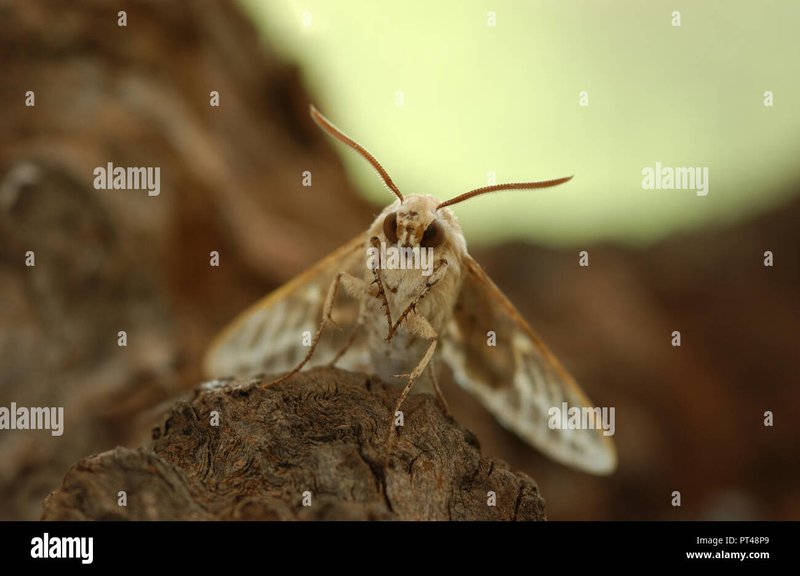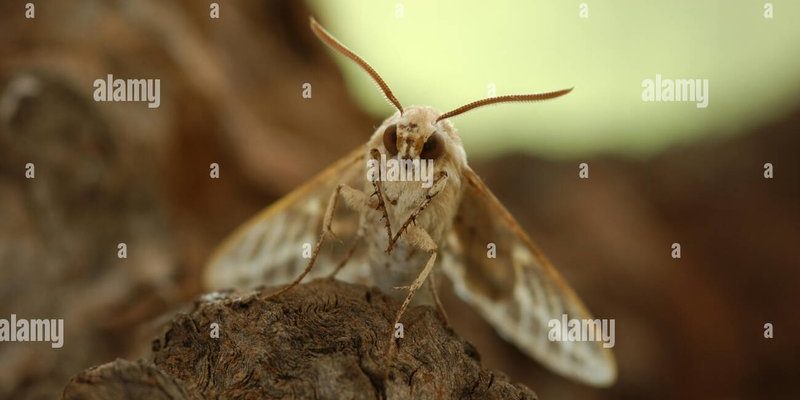
Imagine a hornworm as a teenager going through their own metamorphosis. They start off as big, munching caterpillars, but eventually, they shrug off their old skin and emerge as something completely different. This process is not just about change; it’s about survival and adaptability. In the world of moths, several species emerge from hornworms, each with its distinct traits and habits. So, let’s dive into this remarkable cycle and explore the common moths that pop up from these garden invaders.
Understanding Hornworms and Their Lifecycle
To really get into the story of moths that emerge from hornworms, we first need to understand what hornworms are. Typically, hornworms belong to two main species: the **Tobacco Hornworm** and the **Tomato Hornworm**. Both of these caterpillars are the larval stage of moths from the family Sphingidae. This family is also known as hawk moths due to their speed and agility.
Hornworms start their life as tiny eggs laid by adult moths. When they hatch, these caterpillars begin to feast on the leaves of plants, primarily tomatoes and tobacco, which is how they get their names. They grow rapidly, shedding their skin multiple times until they reach full size. This is where things get really interesting: once they’re big enough, they stop eating, burrow into the soil, and form a pupa. This stage is critical for their transformation into moths.
When the weather gets warm enough, the pupa breaks open, allowing the adult moth to emerge. Each species has its unique timing for emergence, typically in late summer or early fall. If you’ve ever spotted a moth fluttering near your garden after a hornworm invasion, there’s a good chance it has roots in that same soil!
The Tobacco Hawk Moth
One of the most common moths that emerge from hornworms is the **Tobacco Hawk Moth**, also known as *Manduca sexta*. This species is particularly known for its striking appearance. These moths are large and possess a wingspan of about four to five inches. Their wings are usually a mix of brown and gray, adorned with subtle markings that help them blend into their surroundings during the day.
You might be wondering what role the Tobacco Hawk Moth plays in the ecosystem. Apart from being a beautiful creature, it’s also a vital pollinator. They have long proboscises, allowing them to extract nectar from deep flowers, which helps in cross-pollination. If you spot one hovering near your garden flowers at dusk, you’re witnessing a moth in action!
This moth has an interesting characteristic as well: its rapid flight resembles that of a hummingbird. When threatened, it can remain suspended in the air while feeding, which is a pretty impressive skill. So, if you’ve ever seen a moth flying around your garden like it owns the place, it might just be a Tobacco Hawk Moth!
The Tomato Hawk Moth
Another noteworthy candidate is the **Tomato Hawk Moth**, or *Manduca quinquemaculata*. Similar in many ways to its tobacco-loving cousin, this moth also emerges from hornworms. Its appearance is a bit different, with distinctive spots and patterns that can help you tell the two apart.
Tomato Hawk Moths have a slightly smaller wingspan and are often less colorful than Tobacco Hawk Moths. However, they play an equally essential role in their lifecycle. When they emerge from their pupal stage, they act as pollinators, which is fantastic news for gardeners. These moths tend to be more active at night, so if you see them fluttering around garden lights, that’s a big hint it’s time to check on your vegetable patch.
It’s also important to note that both of these moths can be beneficial as they help control garden ecosystems. They enable a balanced environment where plants thrive, so even if those hornworms can wreak a little havoc, their transformation into moths has its silver lining.
Identifying Moths from Hornworms
So, how can you tell these moths apart? Identifying moths from hornworms might seem tricky at first glance. Here are some features to keep an eye out for:
- Wingspan: Tobacco Hawk Moths are larger, with noticeable differences in size compared to Tomato Hawk Moths.
- Color Patterns: Tobacco Hawk Moths are typically more colorful. Tomato Hawk Moths often have more understated hues.
- Behavior: While Tobacco Hawk Moths are known for their daytime flying, Tomato Hawk Moths are more nocturnal.
It’s always best to use a reference image or guide if you’re trying to identify them in your garden. By knowing these traits, you’ll be able to appreciate the beauty of these moths even more. Picture yourself out in the evening, sipping a drink, and spotting a large moth gliding through the air—it’s a serene moment that connects you deeper to nature.
The Ecological Impact of Moths
Moths might seem insignificant at first glance, but they play a crucial role in our ecosystems. They serve as pollinators, just like bees. Their nighttime activity helps flowers that bloom in the dark thrive, ensuring these plants can reproduce. Many moth species have particular plants they rely on, creating a symbiotic relationship where both benefit.
Furthermore, mature moths also act as food sources for various animals. Birds, bats, and other creatures rely on them for sustenance. It’s a cycle of life—one creature’s metamorphosis becomes nourishment for others. This ecological network highlights how interconnected everything is; even those pesky hornworms have an essential role in this grand design.
Understanding their role can change how you view these insects in your garden. Instead of seeing a nuisance, think of a hornworm as a part of a larger cycle—a tiny piece in a much bigger puzzle.
Managing Hornworms in Your Garden
If you’ve got a garden and you’re dealing with hornworms, you might feel a bit overwhelmed. Don’t worry; managing them isn’t impossible. Here are some strategies to keep those munching caterpillars in check without resorting to harsh chemicals:
- Handpicking: This is the most straightforward method. Check your plants regularly and remove any hornworms you find.
- Natural Predators: Encourage birds, wasps, and other natural predators to visit your garden. They’ll help keep the hornworm population in check.
- Beneficial Insects: Introducing ladybugs or lacewings can help control pest populations, including hornworms.
It’s all about balance. If you can manage to keep hornworms at bay while allowing their transformations to take place, you’re playing a part in nature’s cycle. Plus, it’s a great excuse to get outside and enjoy your garden!
At the end of the day, the journey from hornworm to moth is a beautiful example of nature’s resilience and adaptability. These transformations may seem random, but they are crucial for maintaining healthy ecosystems. Next time you see a hornworm lurking on your plants, remember that it could soon become a stunning moth fluttering nearby.
Caring for your garden means understanding the roles of every creature within it. By recognizing the significance of hornworms and the moths they become, you’re not just protecting your plants; you’re embracing the magic of nature’s cycle. So, whether you’re a seasoned gardener or just starting, remember to marvel at the wonders that unfold in your backyard. Happy gardening!

